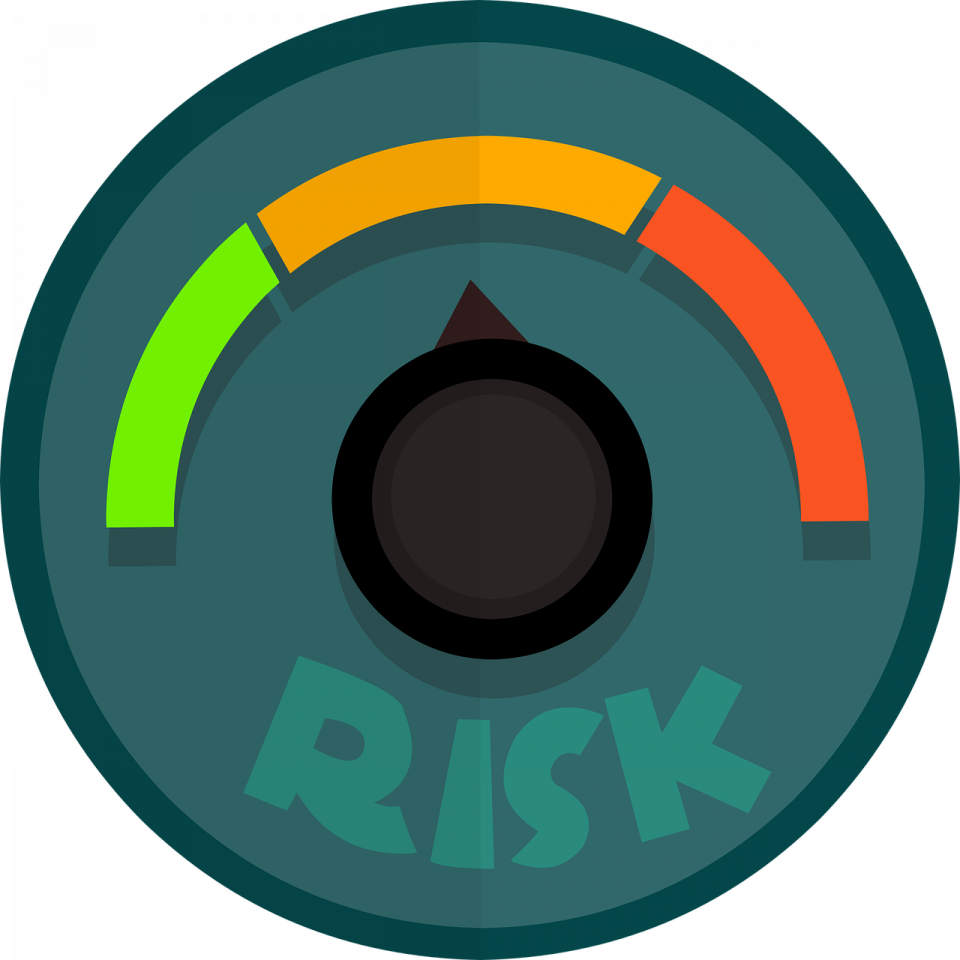
Distressed Assets
Assets sold to avoid insolvency by defaulting or soon-to-default companies
Distressed assets are assets that their owner is forced to sell to remain solvent (i.e. liquidity issue). This means that the owner of the assets, which could be a firm, business owner, or even just an individual, is in financial distress.

An owner in financial distress is likely to be in default or close to default. Some of the resolutions available to them in the United States are to file for Chapter 7 or 11 bankruptcy.
A Chapter 7 bankruptcy is an application to wind down the business or, in the event of an individual, sell all of the personal assets to pay down the debtors.
On the other hand, Chapter 11 bankruptcy is an application to restructure the debt in an attempt to pay off the debts in the future. Filing for a Chapter 11 bankruptcy would suggest that the owner has enough illiquid assets and that there may be potential for the company/individual to undergo a successful restructuring.
When a person/company is in financial distress, there would be a deep valuation discount in their assets. The assets could be financial and/or physical assets. Physical assets include Real Estate, Business Units, Furniture, etc… Financial Assets include Corporate Bonds, Common and Preferred Equity, Trade Claims, etc…
The deep valuation discount of these assets is due to the fact that ordinary buyers shy away from them as these assets are generally too risky for their risk appetite. The buyers with the risk appetite to purchase them will also look for extra returns to make up for the higher risk involved.
Examples of such assets would include the debts of the Chinese real estate firms in the Evergrande liquidity crisis or the US real estate assets during the Great Financial Crisis. In the case of the credit crisis of the Chinese real estate firms, Shimao Group's note due 2024 was trading at 53.7 cents to the dollar on 15th December 2021, and Evergrande's note due 2022 was trading at 26 cents to the dollar on 27th December 2021.
Buyers of Distressed Assets
Buyers of these assets are generally the competitors of the distressed firms (for business units), Hedge Funds (HF)(distressed financial assets), Private Equity (PE), Banks, and Private Institutions.
Reasons Hedge Funds choose to invest in distressed financial assets?
HFs may invest in distressed financial assets for several reasons. First, they may have better information on the distressed firm and have reasonable confidence in the company to emerge from bankruptcy as a viable enterprise.
Second, they may invest in them because of the substantial profits they would gain should the distressed firm emerge from bankruptcy.

For example, an HF may invest 1% of their overall assets under management (AUM) on a distressed firm's corporate bond, which is trading at a deep discount of 20 cents to a dollar of par value. After a year of the HF investment, the distressed firm managed to successfully restructure their business and are no longer in financial distress. Their corporate bond is now trading at 80 cents to a dollar. The HF decides to sell away their investment at that price.
In this example, the HF netted a profit of 300% excluding transaction costs and added a return of investment (ROI) of 3% on their overall AUM. This is in spite of them only allocating 1% of their AUM to the investment.
Third, the hedge funds generally have the appetite and ability to take up the high risks associated with these assets and therefore can bag the high returns for doing so.
Among the assets, debt is most sought after as equity can be wiped out in the event of restructuring. This is because bondholders are higher in priority in the case of liquidation should the distressed firm file a Chapter 7 or Chapter 11 bankruptcy.
Avenues to purchase distressed financial assets
There are three common ways to purchase distressed financial assets for investment purposes.
The most common way to purchase distressed financial assets would be the usual way of purchasing financial assets, which is through a financial exchange.
Another way to purchase distressed financial assets would be to contact the firm directly to extend them a line of credit. However, this method is usually done in collaborations with HFs or investment banks to reduce non-systematic risk.

Further, there is an unorthodox way of purchasing distressed financial assets which may allow the investor to have access to preferential pricing. They may purchase newly distressed financial assets from mutual funds as those assets would not fit into the risk criteria applicable to them and hence would have to be offloaded.
As these may be large positions, mutual funds would consider selling to an investor at a good price if they are purchasing a sizable position so that the fund could offload it in a timely manner and reuse the proceeds of the transaction to other products. This happens only in very rare and exceptional circumstances such as when investment-grade bonds become junk bonds (i.e. fallen angels) or when junk bonds become distressed.
Nature of Distressed Investing and impact on retail investors
Individual (retail) investors are unlikely to purchase these assets due to the complexity and inherent risk associated with distressed investing. This is mainly due to the information gap between the investors and the distressed firm about its ability to restructure and continue existing as an entity.
Value discovery is particularly difficult in distressed investing as the assets are unlikely to be evaluated by investment banks or research firms in detail, leading to outsiders only being able to gather limited information. This is due to the lack of widespread interest in the product which means that investment banks and other service providers have little to no incentive to conduct research on them to generate fee income from a customer base.
Further, insiders tend to only provide limited information to outsiders because there are rarely insiders with a vested interest that benefits from the increase in prices before or during a restructure. As a result, distressed investing favors firms with the manpower, skills, and infrastructure to investigate both the market and the assets which are likely to be the HFs and PE firms.
To get a complete picture of the investment, investors would need to meet with management, shareholders, and major creditors, as well as review financial information and visit the company. Factors to consider in deriving a complete picture include the strength of a business plan, management's history in the business and the company, and the presence of visible cash flows.
This is almost in no way what a retail investor is capable of and therefore the nature of distressed investing limits itself to sophisticated investors.
For an in-depth understanding of the considerations behind distressed debt investing by institutional investors in 2015, please have a look at the following video:
Emerging Markets Distressed Assets
Over the last two decades, the growing markets of Asia, Eastern Europe, and Latin America have been a major source of these assets. This is because crises and defaults are an inevitable element of investing in emerging markets (EM). Corporate loans default, trade at a discount, and are restructured; sovereigns create bad economic situations, crash their economies, default on commercial debt, learn from their mistakes, and rebuild. Therefore, in such a scenario, it is attractive for firms chasing alpha to invest in.

However, investing in emerging markets presents various risks that are not present in mature economies. Some of the risks are internal politics, foreign relations, macroeconomic variables, currency valuation and convertibility stresses, tax and regulatory issues, trading and settlement systems, monetary policy, and market liquidity. All of the risks influence investments in government and corporate debt.

Everything You Need To Master Excel Modeling
To Help You Thrive in the Most Prestigious Jobs on Wall Street.
Free Resources
To continue learning and advancing your career, check out these additional helpful WSO resources:


or Want to Sign up with your social account?